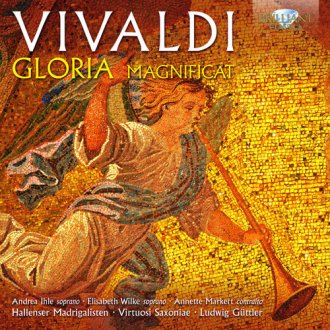
Part of the delight of this introduction is that, with all the energetic, speedy cheerfulness, the orchestra soon begins to descend, and then stops severely, abruptly. In the first measure, each note is the tonic D-it’s very strict-but there’s a bounce up the octave on the 2 nd and 5 thnotes of the pattern.Īnd in the second measure, cheerfulness is accented in the playful 16th notes, but strictness is there too. It begins assertively with the full orchestra playing rapid eighth notes. The piece is marked “allegro,” which means “cheerful” in Italian, and in this case it certainly is. And this means it is a useful encouragement and criticism of ourselves. Vivaldi’s Gloria, in a bold and charming way, says we can be severe and good natured at the same time and for the same purpose-strict and also flexible.

The purpose of music, the philosopher Eli Siegel explained, is to like the world itself and when we care for a particular composition it’s because, in a technical way, it has what we’re looking for in our everyday lives. Imagine that pattern without those octaves. It is rhythmically and tonally strict the beat is so definite, yet those bouncing octaves have a sense of release. This pattern, with variations in pitch, accompanies nearly every measure of the piece. With its cheerful severity, it is a favorite of mine and of choral students I’ve taught. It is amazingly short, just about two minutes, and from the first notes of the orchestral introduction, it is propelled.

One of the most popular pieces of choral music is Antonio Vivaldi’s Gloria, written in 1708.

#Antonio vivaldi gloria how to
We Can Learn from Vivialdi’s “Gloria” How to be Severe and Good Natured


 0 kommentar(er)
0 kommentar(er)
